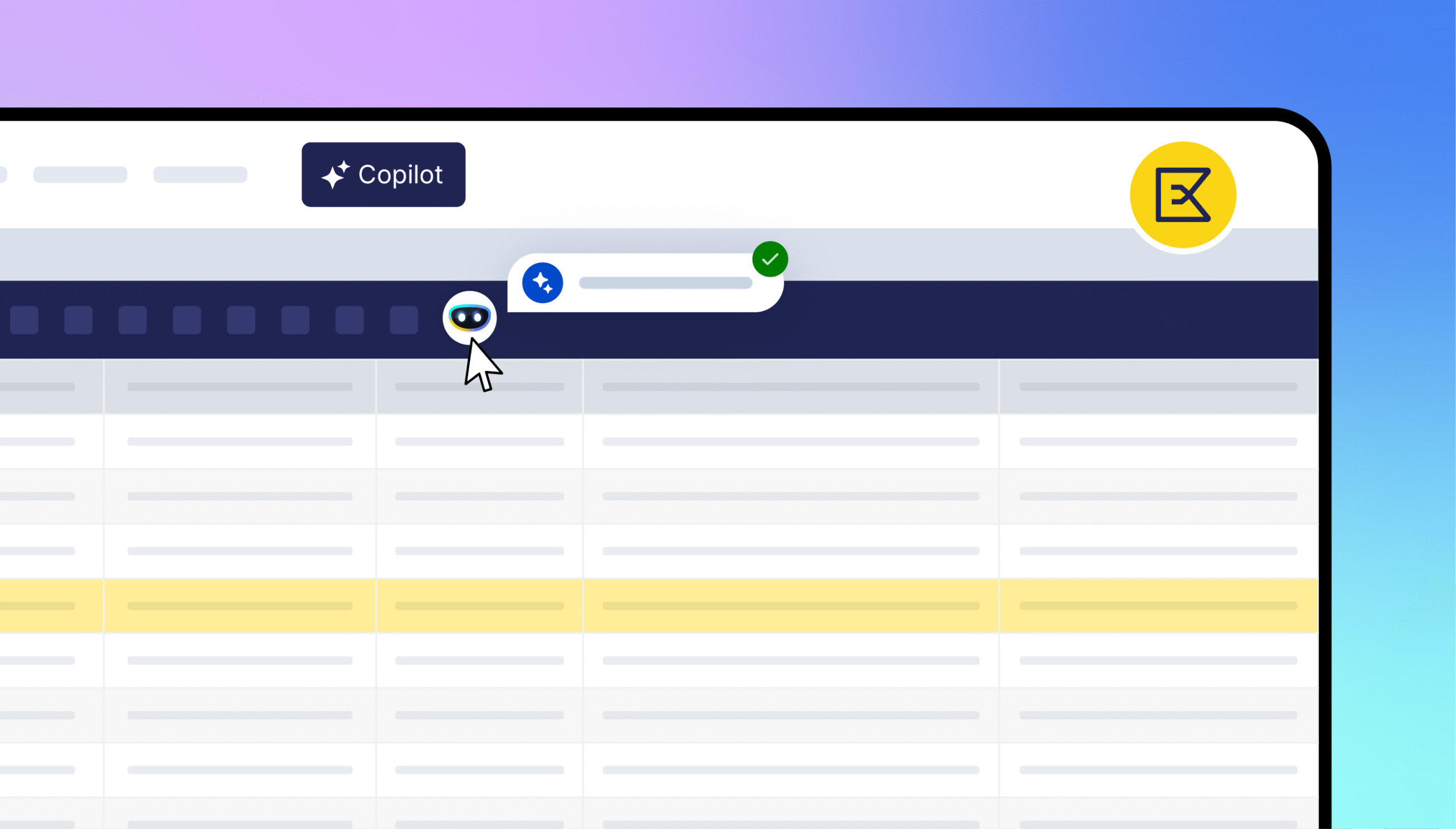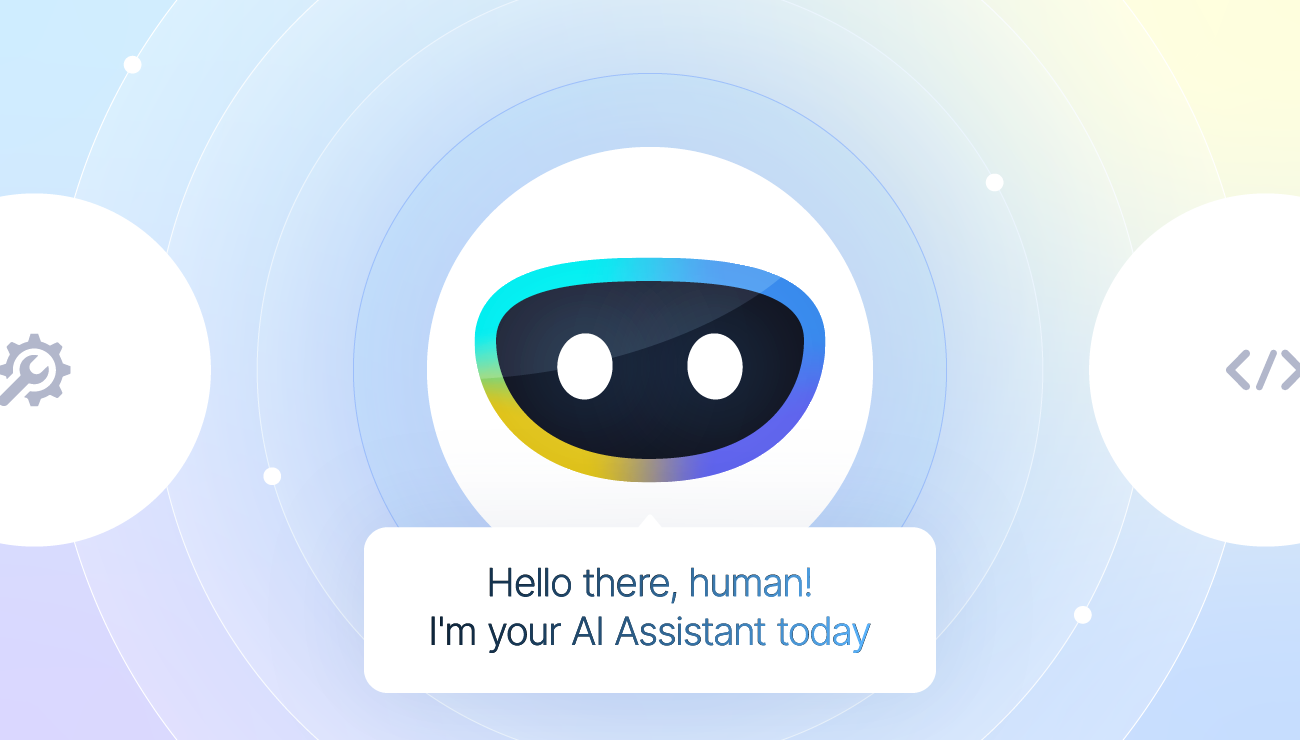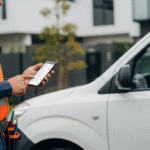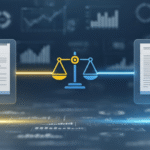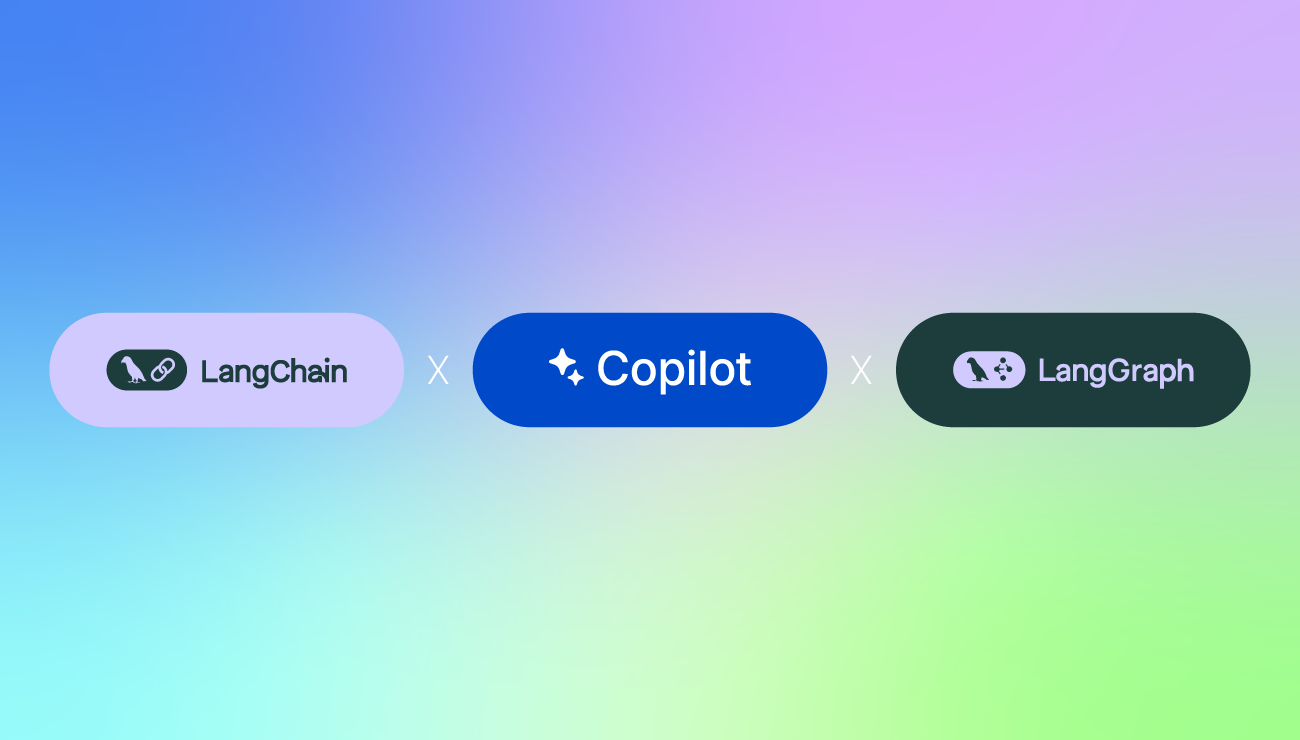
Etendo Copilot: Empowering AI with Langchain and Langgraph
In the world of modern ERP, automation and artificial intelligence (AI) have become indispensable allies for improving efficiency and decision making. One of Etendo’s latest creations, a module that harnesses the power of large-scale language models (LLMs) to create personalized assistants capable of performing tasks, answering questions and generating content.
But how was this powerful tool developed? In this blog post, we explore how Etendo uses advanced technologies such as Langchain and LangGraph to bring to life what we know today as Etendo Copilot.
What is an LLM and why is it so useful?
LLMs (Large Scale Language Models) are artificial intelligence systems trained on huge amounts of textual data. These models can not only understand the context and meaning of words and phrases, but also generate coherent and relevant text based on specific inputs. LLMs are useful in tasks such as process automation, content generation, data analysis and experience personalization.
With Copilot, these models become assistants that can be configured to perform automated tasks, providing users with tools that improve both their efficiency and creativity.
The flexibility of LLMs is what allows tools like Etendo Copilot to adapt to different needs, from process automation to reporting.
The birth of Etendo Copilot
Etendo Copilot is the result of a development process that involved key technologies for managing intelligent assistants. In this journey, Langchain and LangGraph played an essential role.
Langchain is a library designed for the development of applications that use LLMs, allowing these models to interact with external data efficiently. Langchain facilitates the customization of wizards, integrating documents and databases to improve their responsiveness and relevance to different tasks. This allows Copilot to process customer-specific information, such as manuals or internal policies, improving its accuracy and customization.
Etendo Copilot does not stop at creating individual assistants. We have gone a step further with LangGraph, a technology that enables the creation of hierarchical wizards. In simple terms, LangGraph manages several wizards that work together under a “supervisor”, facilitating the resolution of complex tasks. This “supervisor” distributes activities among other specialized assistants, called “team members”. LangGraph, acting as an orchestration layer, allows Copilot to form dynamic work teams, each focused on a specific area.
For example, while one assistant is overseeing warehouse inventory, another may be generating financial reports, all under the coordination of the supervisor. This structure not only increases the efficiency of the system, but also facilitates the management of heterogeneous processes within a company.
The magic behind Etendo Copilot
Thanks to the synergy of Langchain and LangGraph, we have managed to develop Copilot, a system that goes beyond being a simple AI. With Copilot, users can:
Automate repetitive tasks: Such as generating reports or processing large volumes of data.
Assist in decision making: By providing accurate analysis and data-driven recommendations.
Generate personalized content: From writing documents to creating emails.
Integrate multiple systems: Copilot can interact with various platforms, thanks to its ability to be configured with “tools” that extend its scope and functionality.
Using Langchain has allowed us to integrate specific knowledge bases into each wizard, making responses more accurate and useful for users. Meanwhile, LangGraph optimizes collaboration between multiple assistants, allowing artificial intelligence teamwork to be more efficient and better coordinated.
The capability of LLMs, combined with the orchestration of LangGraph and the flexibility of Langchain, ensures that Etendo Copilot continues to evolve, adapting to new challenges in the business world and providing increasingly intelligent and personalized solutions.
In short, Etendo Copilot is proof of how advanced technology can transform the way we work, improving both efficiency and responsiveness to today’s demands.
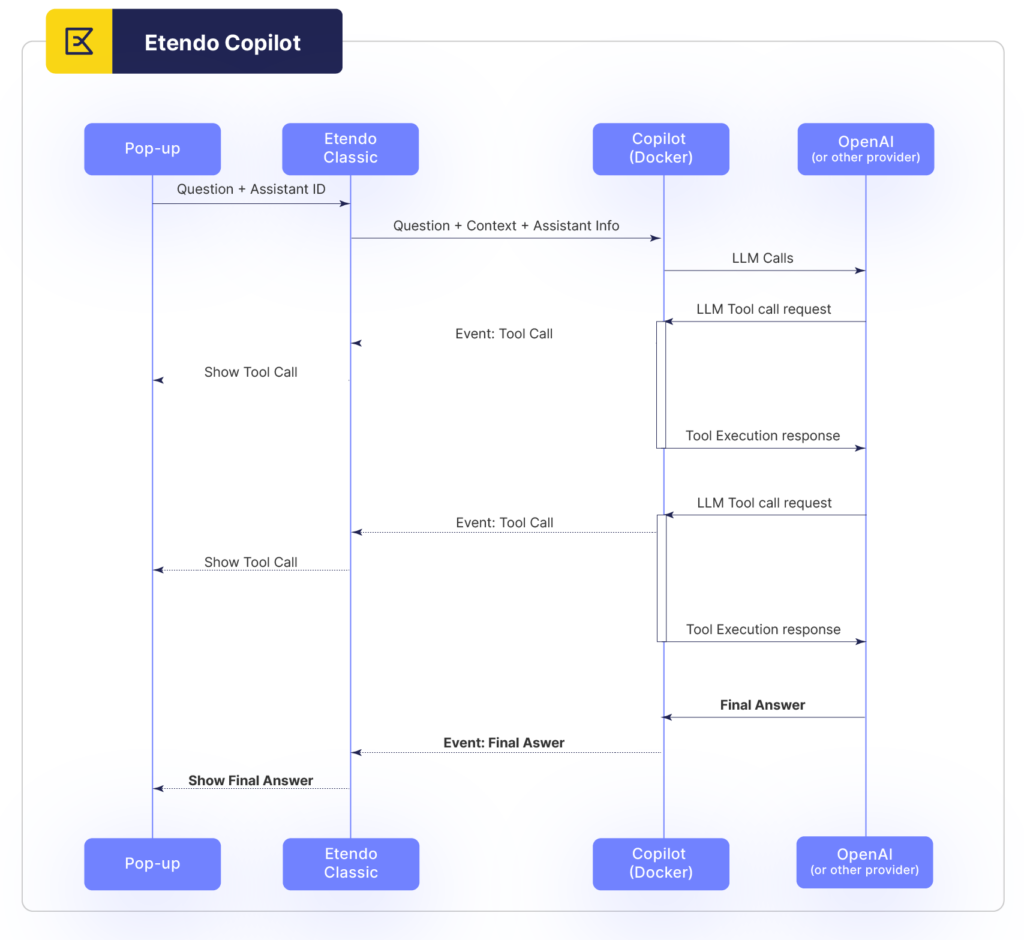
You May Also Like
Copilot: the full potential of AI to simplify the day-to-day running of your business
Imagine that you are involved in the daily management of your business and you feel you need the hel
Is it possible to integrate different systems in the management of my business? Team Etendo answers!
Spoiler alert! not only is it possible, but it can be done in an efficient, scalable and customizabl
The new era of digital transformation
Join Etendo Partners! In the digital age, the way companies manage their information systems is cons


